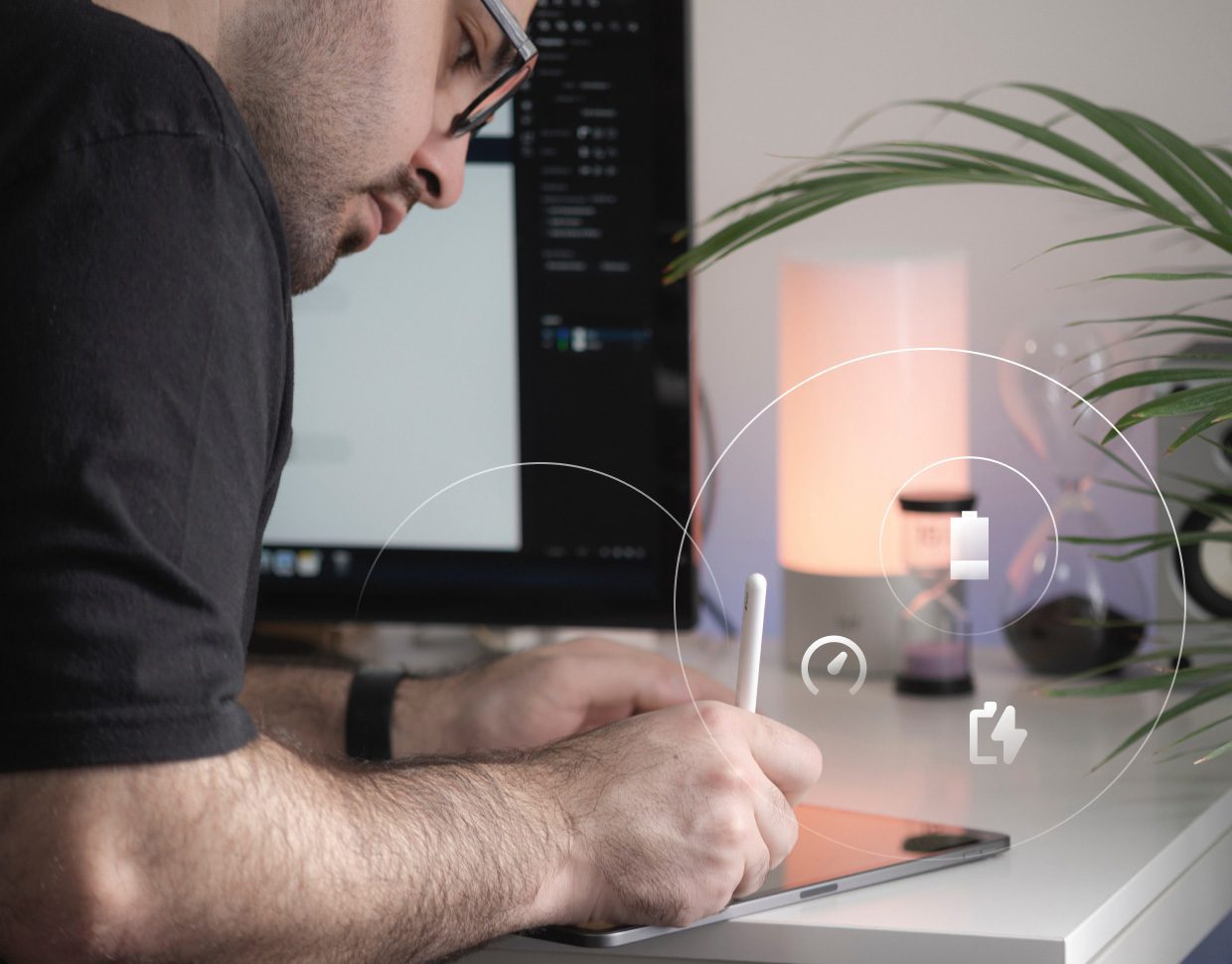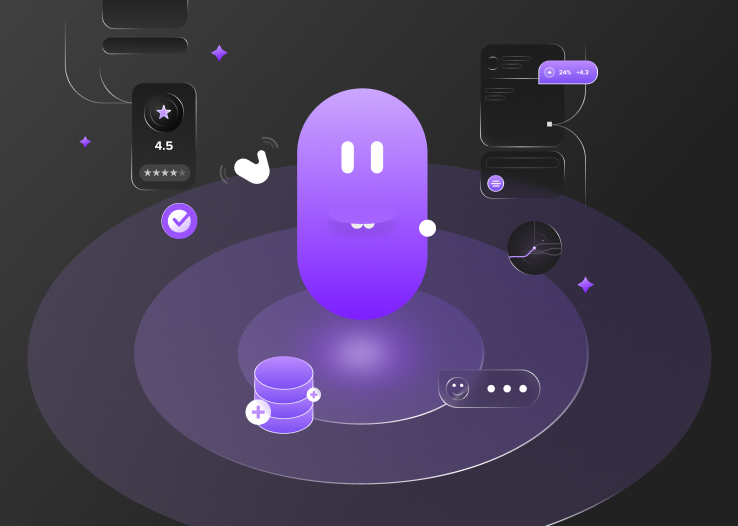
What does empathy really even mean? And how is it cultivated to deliver exceptional user delight?
We’ve assembled four leading experts in the field of design. Each one plays a key role in the development of designing different physical and digital products that influence the way people live, work, play and experience the world.
Together, they explore the substance of what empathy is, what inspires them and what’s behind creating authentic, user-driven products and brand interactions.
You can preview their insights below. However, be sure to listen to the complete podcast so you don't miss a single thing.
Beyond buzzwords: what empathy in design really means
Linda opens the podcast by acknowledging that the word "empathy" has become a bit fuzzy these days. The problem, as she describes, is it’s "overused to the point where its meaning is obscured."
So the conversation kicks off by taking a more holistic assessment of what empathy means to these design professionals. They drive home on the following key points:
- Empathic design is "constantly putting yourself in everybody's shoes." Salesforce Innovation Director Christine Mauro explains how empathy doesn't just mean thinking about your client's needs, but your team’s as well. She's "constantly thinking about what they're doing" and "how busy they are," as a means of acknowledging their various demands, thereby engaging with them from a place of empathic understanding. Incorporating this holistic view of empathy is something all of the experts agree upon as being paramount to bringing a team’s best ideas to fruition.
- Curiosity is essential. IBM's Todd Simmons hones in on the importance of curiosity, which correlates with both empathy and creativity. He further illustrates the impact of “truly caring”, by highlighting this as a key to Apple's success – a company often considered the gold standard in design.
- Empathy is innate but can also be cultivated. This is one of the interesting mix of options in the entire episode. While some of our guests suggest empathy is a natural trait, others insist that it can also be cultivated. Star UX Design Lead Agnieszka Billewicz notes how it's "something that you can practice, and as you do, it gets embedded more and more into what you create."
- How life experience impacts design. The relationship between life experience and design isn't exactly linear. Todd explains how there isn’t necessarily a "tight correlation" between the two, but that life experience does "teach you patience and openness to broaden your worldview and feed the curiosity that opens your eyes and widens you to see more possibilities. And all of that definitely contributes to your work."
Subscribe on Apple Podcast | Subscribe on Spotify
The power of understanding in the design thinking process
Strong design is built on understanding. Todd shares one of IBM's key principles: never delegate understanding. For him, that means "always being able to provide a rational explanation, and for our [IBM’s] case, that means everything - because every little thing has an intentionality behind it."
Christine reinforces this by explaining how she "spends an enormous amount of time trying to understand and distill things down to their core essence, to try to understand what we are, and what are we trying to communicate? And what's the desired outcome we want out of this, whether that’s a certain communication, interaction, human interaction?" Ultimately, figuring this out is what will ensure that you create something user-centric and intuitive for the end-user.
Design is more than visual aesthetics
At Star, we often try to drive this home with our partners because design extends beyond visual aesthetics and into functionality. Design must be holistic, while always putting the end-user front and center, with visuals representing just one element.
However, even designers can have trouble fully achieving this. As Agnieszka notes, “Design teams are very good at visual aesthetics. But we need to consider more about interactions and relationships as we design products" to focus on fostering these connections to their fullest potential. This is especially crucial as we move further into a digitized world.
Todd describes the importance of maintaining individuality as seen through the "thumb test." This means, "If I put my thumb over the name or logo, what about everything else guarantees me that it's good? And what about it is identifiably IBM?" It is easy to get "lost in the digital space," so designers must take all aspects of the digital playing field into account and create products accordingly.
Designing in unfamiliar territory
Designers are often quite agnostic. Their skills are applicable across every industry practice. Even if they stay in the same sector, they may find themselves working on new products for end users very different from themselves.
Agnieszka explains that to move beyond these challenges, the solution is "prototyping, prototyping, prototyping." It's all about "prototyping, Research through Design, analogous research, and similar kinds of activities to understand, demonstrate and build what works for your target audience.” Agnieszka gives the example of taking an MRI exam, so the designer can fully understand what the user actually experiences.
However, designers may or may not have the opportunity to take a MRI exam for themselves. But there are similar experiences worth considering, such as a roller coaster ride or a floating capsule because it's "helps you really understand that the experience of an MRI is not the same for everybody." Agnieszka emphasizes that no two people experience the world in the same way, and this must inform your approach to design.
Get all of the design insights
This is just the beginning of what these design experts shared on empathy and design thinking. From here, they continue to discuss transformation projects, who taught them the most about empathy and design, sustainability, social responsibility, the impact of Covid-19, the future of design and much more. They even touched on Tamagotchis and the lessons a classic 90s toy can teach us about creating emotional relationships between people and products.
Listen to the podcast now to hear all this and more. While you do, take a look at this article on Design Thinking in Healthcare. Star's Strategy & Insight Director outlines key governing principles you can apply to create user-centric and engagement-driven digital health innovation. From HealthTech to FinTech and Automotive & Mobility, unlock what design can do for you now.
Empathy: a core Star working principle
At Star, empathy is central to everything we do. We begin by understanding our partners' operational reality and endgame. To do this, we walk in their shoes and immerse ourselves into what drives them, their needs, challenges and how they see the world. Their pains are our pains. Their goals are our goals.
We then extend this to the end-user, whether that's our partners themselves or their customers. Through a design thinking methodology, we employ stakeholder interviews, deep market research and an evolving process of iterative design and continuous development to create mappable frameworks, understand customer journeys and discover opportunity spaces for new growth.








